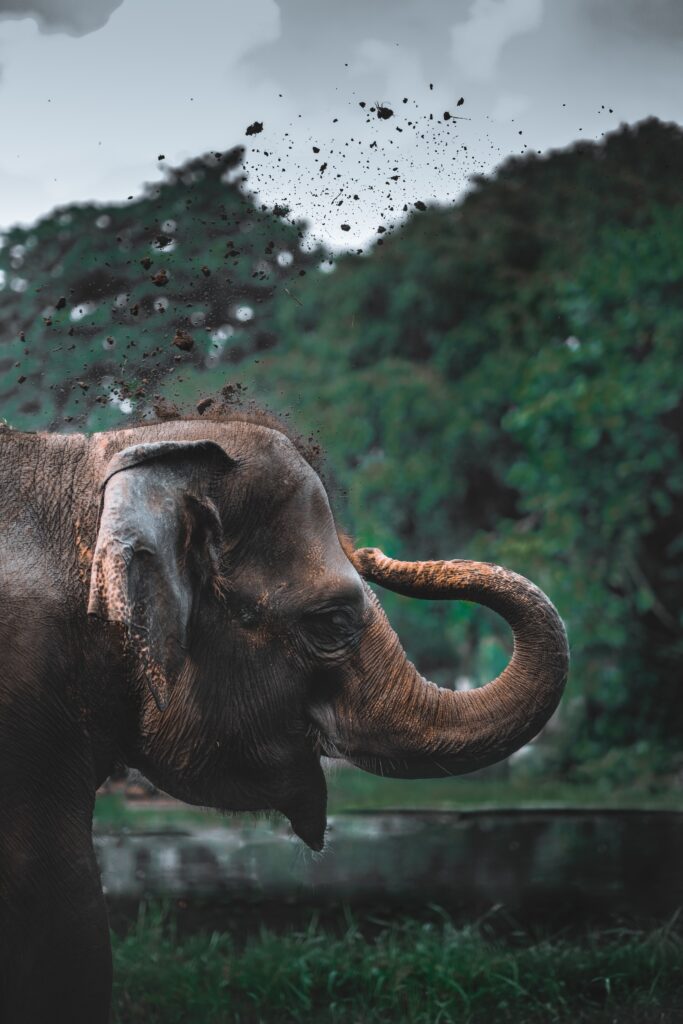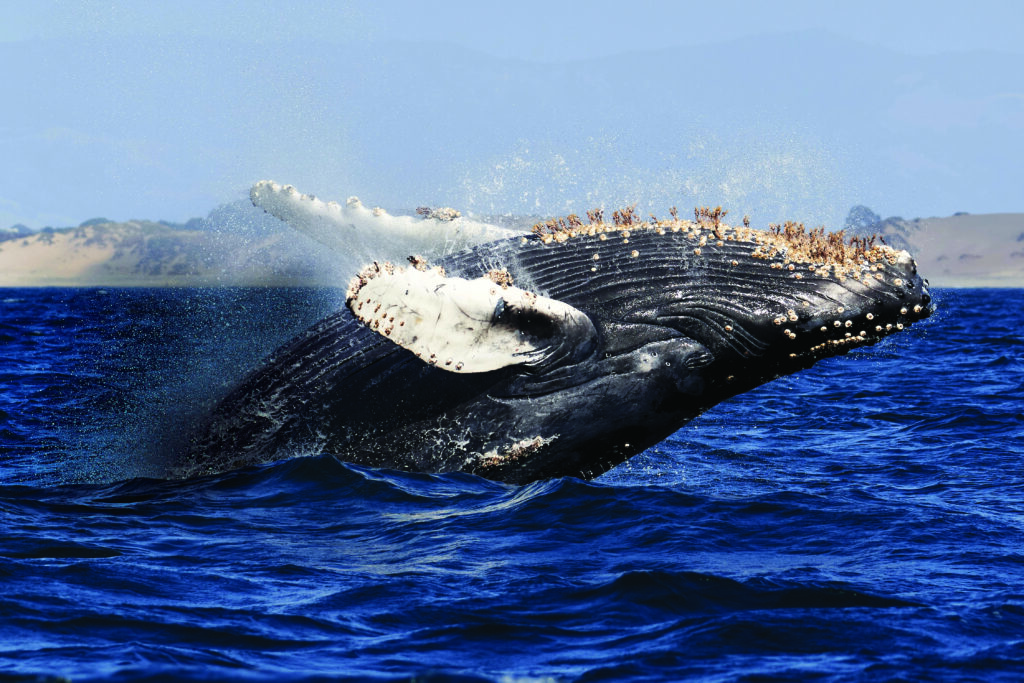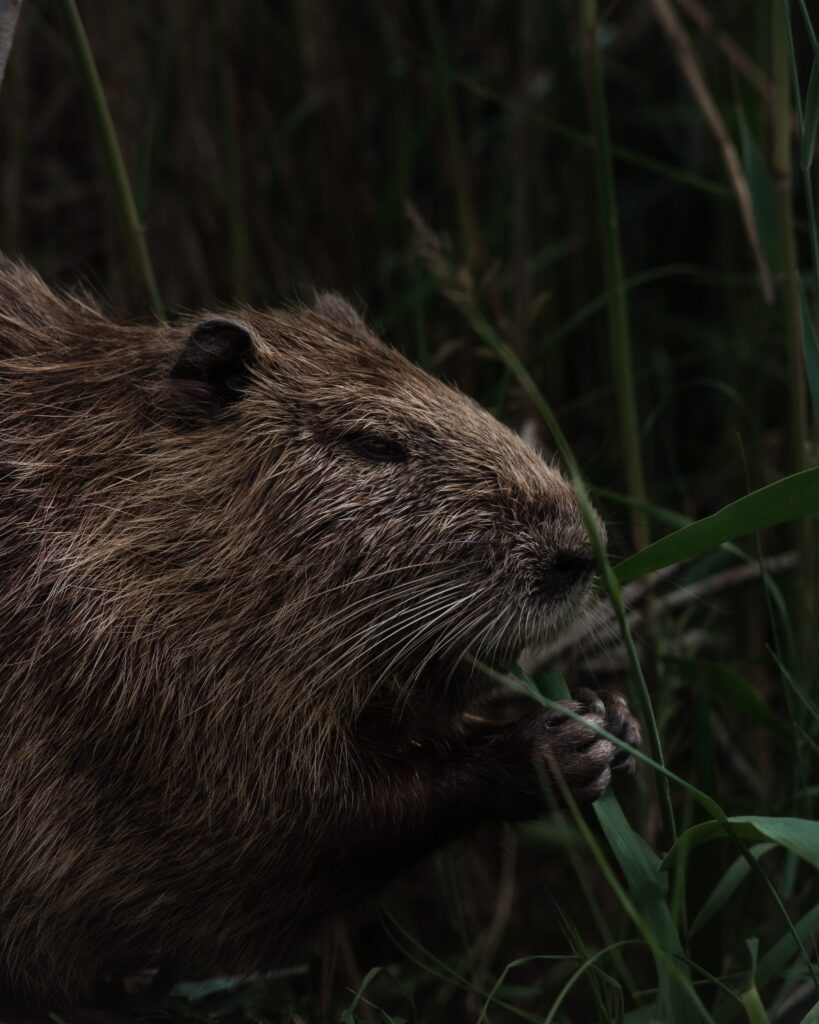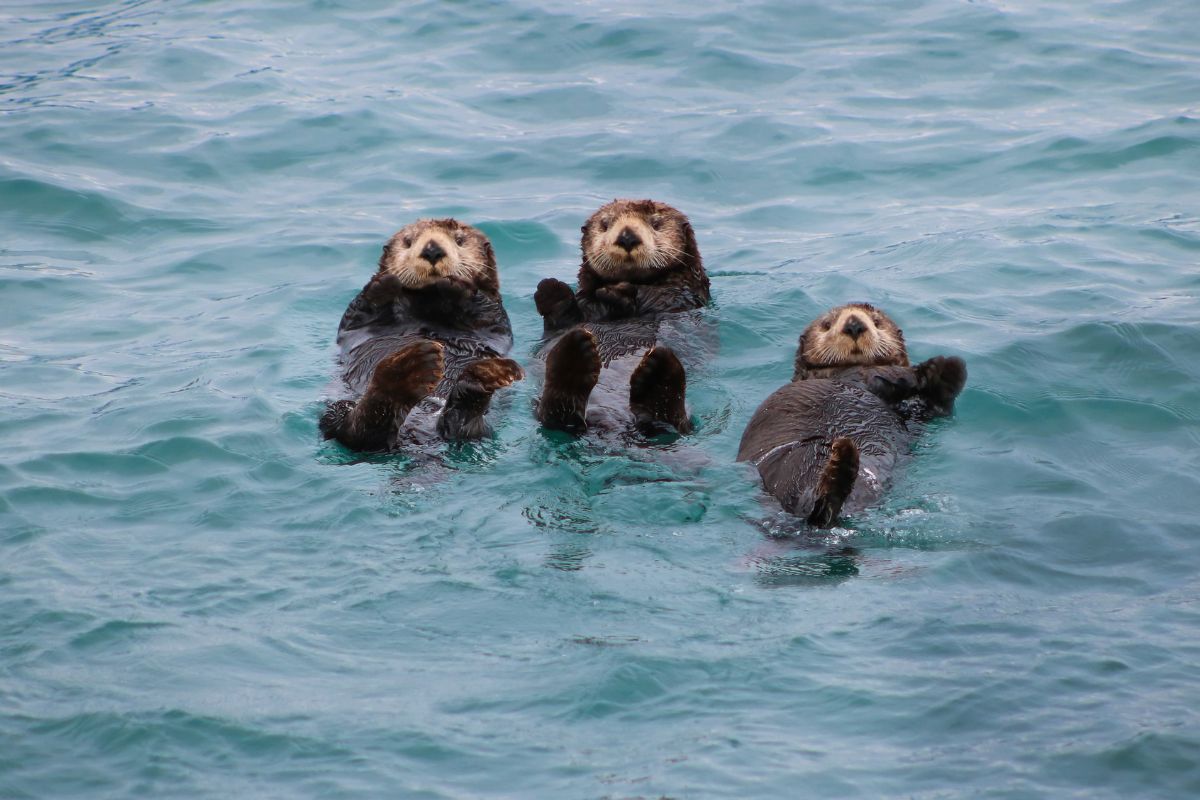By Scott Smith
Friends of Animals was founded 65 years ago to advocate for the protection of nonhuman animals, both free-living and domestic. Our goal, then and now, is to free animals from cruelty and institutionalized exploitation around the world.
As FoA wages its campaigns against the abusive fur, hunting and entertainment industries, we realize our continuing efforts to protect wildlife also calls on us to address the climate crisis. To keep global warming from having a catastrophic impact on humans and animals around the world will require powerful allies. Fortunately, science is now showing us that some of the most valuable climate-change fighters are the very animals FoA has long been helping to save.
A slew of recent studies are revealing how animals on land and sea can directly bolster ecosystem resilience and reduce the effects of global warming. Let’s take a closer look at how some of the most important species are helping mitigate the human-caused climate crisis.

Elephants
A new study from the University of Oxford details how elephants and other large herbivores shape their ecosystems and in turn sequester huge amounts of carbon. By browsing foliage, dispersing seeds and spreading dung, the African forest elephant is known as the “Gardener of the Congo.” As they forage for fruit, seeds and vegetation, forest elephants vigorously prune the dense jungle, allowing slower-growing trees to rise above the underbrush. Large canopy trees draw in far more carbon dioxide than ground-hugging plants, so much so that “each elephant aids in capturing over 9,000 tons of CO2 in its lifetime,” reports OneEarth.
“Forest elephants are major contributors to the well-being of African forests,” says Bill Clark, senior policy advisor for FoA’s Wildlife Law Program. “One of the most important contribution forest elephants make is their disruptiveness in their habitats. They knock over trees and stomp on vegetation and generally are messy eaters. That ‘patchiness’ is very important to the biological diversity of the forest, and that diversity is itself critical to the ecological resilience and integrity of the forest.”
In another recent study drawing on 17 years of data on vegetation structure and species competition in northern Congo, ecologist Fabio Berzaghi of Italy’s University of Tuscia extrapolated that if forest elephants were to go extinct, above-ground biomass would decrease by 7 percent, representing 3 billion tons of carbon, or roughly equivalent to 14 years of carbon emissions in the United Kingdom.
As Brandon Keim of Anthropocene points out, “And even that is just a small fraction of what those elephants are capable of: In the early 19th century, an estimated one million elephants lived in central African forests. That number is now just 100,000 and declining fast.”
“Forest elephants have been, and continue to be, disproportionately poached for their ivory,” adds FoA’s Clark, who has been involved with anti-poaching programs in Africa for decades, including service as a patrol pilot for Kenya Wildlife Service and as chairman of INTERPOL’s Wildlife Crimes Group.
Whales
Like elephants, whales once existed in astounding numbers. Their slaughter by human hands not only decimated entire species but also disrupted their ability to affect ecosystems on a planet-wide basis.

In life and death, whales are the very definition of a carbon sink. They accumulate massive amounts of carbon in their bodies throughout their long lifetimes, averaging about 33 tons of carbon dioxide. (Most trees only absorb about 48 pounds of carbon dioxide each year.) When allowed to die a natural death, deceased whales drift to the sea floor, taking all that carbon with them, locking it away for hundreds of years.
In a 2010 study referenced by BBC Future, scientists found that before industrial whaling, populations of whales (excluding sperm whales) would have sunk up to 1.9 million tonnes of carbon per year–the equivalent of taking as many as 410,000 cars off the road each year. Instead, all that carbon was released into the atmosphere when the whales were killed and processed. If whale populations were allowed to return to pre-Industrial Age populations of an estimated 5 million, a massive 1.7 billion tons of carbon could be captured each year, OneEarth calculates.
What’s more, as whales feed across the oceans, their copious feces fertilize massive amounts of phytoplankton. Phytoplankton is estimated to capture 37 billion tonnes of CO2 each year. In fact, the microscopic sea creatures sequester an estimated 40% of all CO2 produced–four times the amount captured by the Amazon rainforest.
Beavers
When settlers arrived on American shores, there were as many as 400 million beavers, or up 75 per square mile, nearly coast to coast. In spite of being plundered by the fur trade, in recent decades beavers have staged a remarkable comeback, reclaiming and restoring habitats and improving biodiversity from river bottom to mountain meadow. And even better news: Only now are the scientists who study the North American beaver realizing just how important the species is in helping offset the ever-growing impacts of the climate crisis.

New findings from the Natural Resources Research Institute at the University of Minnesota Duluth have conclusively demonstrated that beavers are essential for freshwater conservation and ecosystem stability. The study suggests beavers can be a biological tool that helps buffer ecosystems against disturbances and alterations. Ecotone, an ecological restoration company with projects in the Chesapeake Bay region, claims “stream systems that include beaver-engineered ponds will also buffer the impacts of climate change by reducing downstream flooding, mitigating drought and recharging groundwater,” reports the Bay Journal. Yet more research shows that sediment trapped behind beaver dams, even those constructed centuries ago, store large amounts of carbon.
Out West, the resurgent beaver populations are being lauded for creating refuges for wildlife fleeing wildfires. “Along with deterring the flames themselves, beaver dams and ponds also function as filters for ash and other fire-produced pollutants that enter waterways—thus maintaining water quality for fish, other aquatic animals, and humans,” writes Isobel Whitcomb for Scientific American. In clearing away the woody vegetation and excess plants, beavers, like other foragers such as elephants and moose, reduce the potential fuel for wildfires, which in turn diminishes the carbon emissions that typically result from such fires.
Otters
Like the semi-aquatic beaver, sea otters play a similar eco-engineering role in managing kelp forests. Nearly wiped out as victims of the fur trade, this marine mammal (a member of the weasel family) has reclaimed nearly two-thirds of its former range in the North Pacific Ocean. Otters keep urchin populations in check, preventing them from devouring vast swaths of kelp, one of the most efficient absorbers of CO2. A study cited by OneEarth found that kelp forests guarded by sea otters can absorb 12 times more carbon dioxide than those without, making the sea otters’ efforts worth up to $400 million in carbon capture a year.
Wild animals needn’t be cute, cuddly or charismatic to gain our respect for helping battle the climate crisis. From pollinator bees and dung beetles to elephants and whales, every living thing has an essential role to play in creating a balanced ecosystem. According to Yale School of the Environment, even in their distressed states, terrestrial and aquatic ecosystems remove half of all annual atmospheric carbon emissions, with the potential to do more. According to reporting from The Guardian, an estimated 10% of U.S. carbon emissions from the burning of fossil fuels could be mopped up by North American boreal forests if they contained the correct balance of wolves, moose and trees.
Protecting wild animals and their habitats is more important than ever, so they can continue to be part of the solution to a problem of our own making. To fend off the worst effects of the climate crisis, humans will need all the help they can get.

